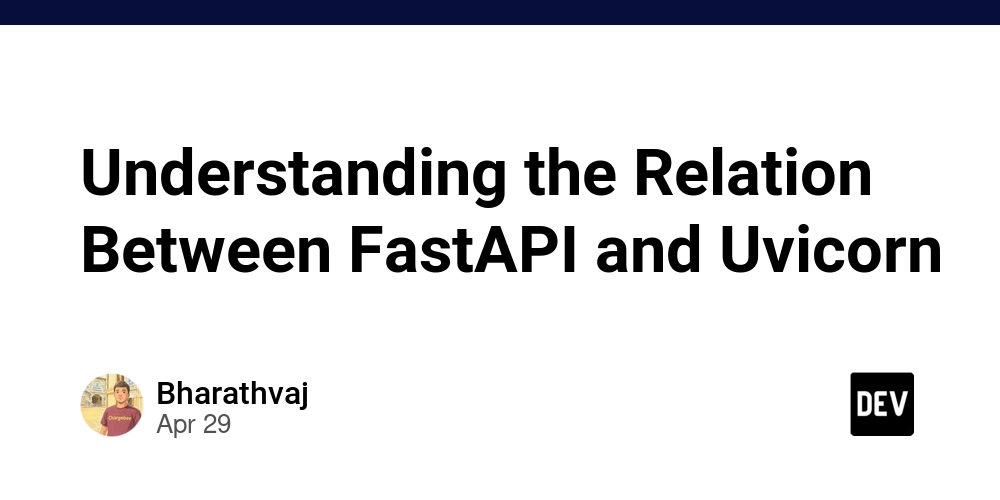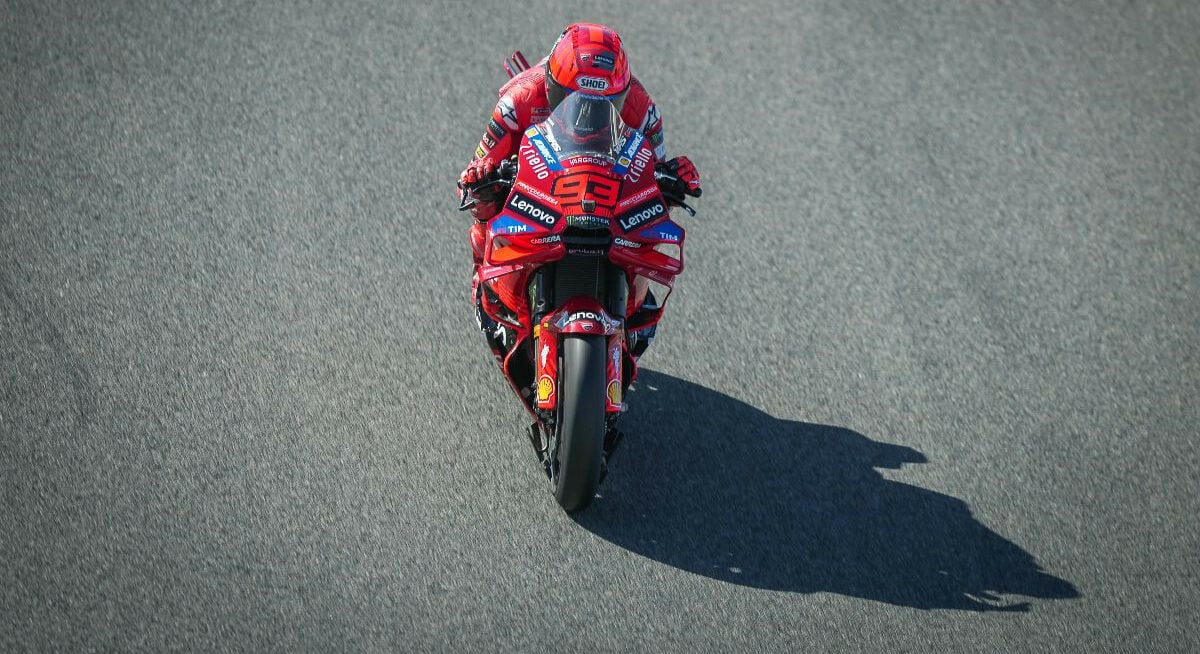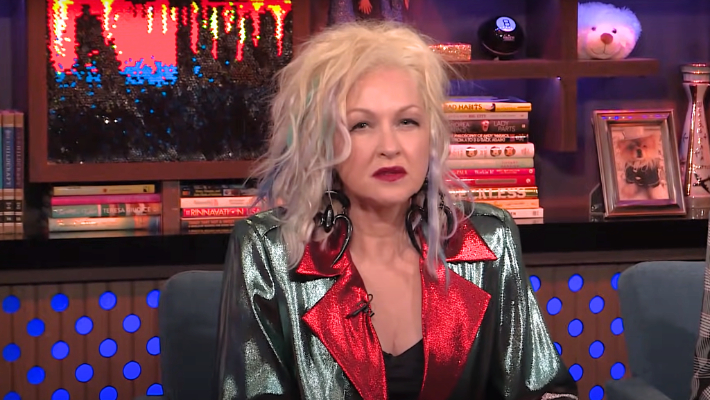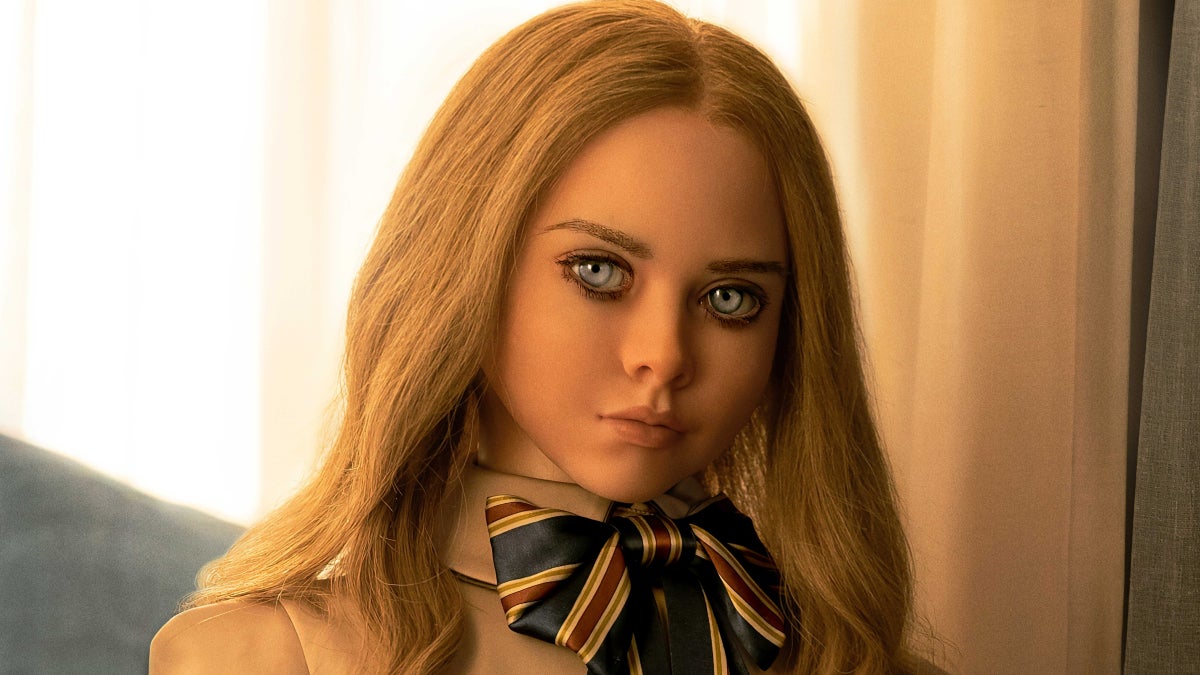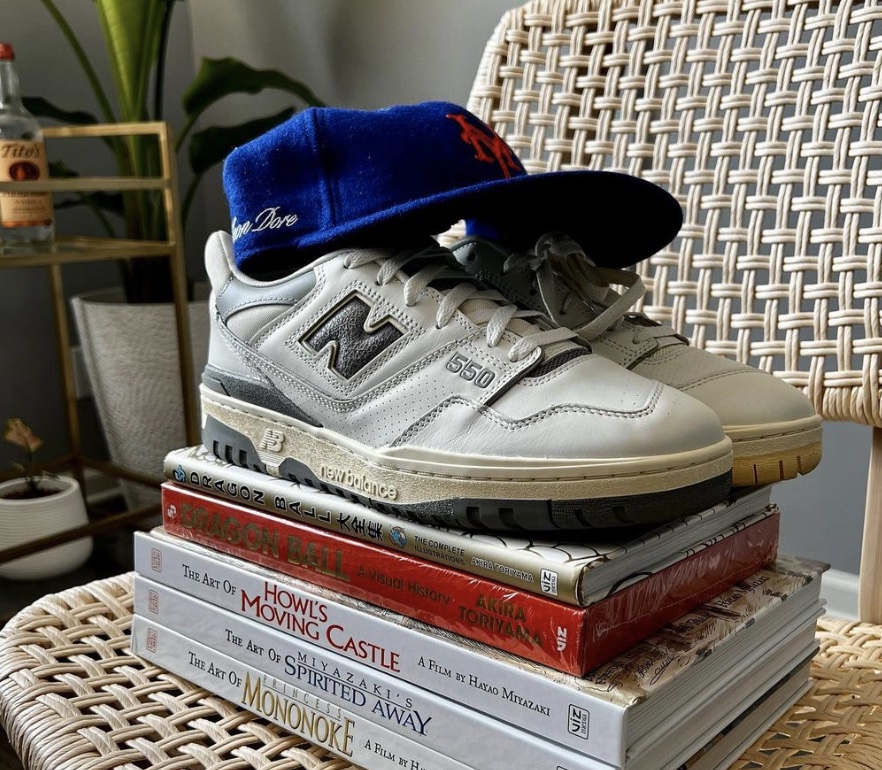A Near-Extinct Style of Filmmaking, Revived
The Legend of Ochi conjures the kinds of effects Hollywood rarely uses anymore.

There’s a legendary bit of movie-nerd lore that sums up Hollywood’s shift away from using intricate little puppets. During preproduction on Jurassic Park, the stop-motion artist Phil Tippett was working to create animatronic dinosaurs—and then a visual-effects demo helped convince Steven Spielberg that CGI was ready to handle the assignment. After watching the digitally created reptiles himself, Tippett exclaimed, “I think I’m extinct,” a paraphrase of which made it into the script. He adapted to the new world of special effects, but the glorious art of puppetry has largely passed into cinematic antiquity.
That history makes The Legend of Ochi, a new film from A24, all the more distinctive. The writer-director Isaiah Saxon’s feature debut recalls the furry, freaky children’s media of yore—movies such as Gremlins and Batteries Not Included, which existed to both spook and delight younger audiences. Set in a fictional, secluded land of mountains and lakes, Ochi follows a plucky teen named Yuri (played by Helena Zengel), who’s been raised by her father to fear and hunt the reclusive little beasties called ochi. While on an expedition, she comes across an injured baby ochi—a discovery that sends Yuri on an adventure that broadens her compassion and understanding.
If the plot sounds like routine kids-entertainment fare, well, it is. The Legend of Ochi places the classic themes of growing up and learning not to blindly follow your parents’ prejudices into a fantasy realm. The story makes use of other family-friendly tropes too: Yuri has a slightly eccentric dad (Willem Dafoe, playing to type) and a grumpy older brother (Finn Wolfhard). She also has an absent mom (Emily Watson) who left the family in part out of her exhaustion with their ochi-hunting mania. The viewer doesn’t learn much else about life on this strange island, which visually evokes the ’80s; there’s a lot of puffy neon jackets and wood paneling, akin to the works Saxon seems to have drawn from.
[Read: The last great year in film for kids and young adults]
Ochi’s dedication to capturing the spirit of its influences, however, is also the movie’s greatest strength. The film comes alive anytime that Yuri is interacting with her little ochi friend, an animatronic puppet with big eyes, ears, and fangs. The critter reminded me most of Gizmo, the adorable star of Gremlins who eventually gives birth to the meaner, monstrous imps that wreak havoc. But the ochi have a wilder, less automatically whimsical vibe. Saxon never lets go of the notion that this sweet-faced pseudo-marsupial is a wild animal, all growls and moans—much more capable of biting through the skin than aiming a knowing smile at the camera. Zengel, giving an internal, light-on-dialogue performance, dials up the lonely Yuri’s more primal side, making the bond between teen and creature a symbiotic one.
While watching, I also found myself thinking of How to Train Your Dragon and its sequels: another set of fables about a teenager learning that monsters with teeth aren’t automatically bad, no matter what your parents tell you. But the Dragon films actually are about raising a pet, learning how to tame them and win their love. As a blend of live-action moviemaking and practical magic, The Legend of Ochi has a more mythic quality, and even an experimental angle to it; Yuri comes to understand her companion’s needs and quirks through intense trial and error, including a nasty bite that she initially believes could be responsible for her psychic connection with the ochi. Saxon’s storytelling is weird and folky, yet it’s tinged with something almost druidic too—as much as Yuri comes to love her companion, there’s an air of spiritual danger to her meddling with their world and habitat.
[Read: An agonizing love story, with puppets]
All of the work done to make the ochi feel so tangible compensates for the film’s less accomplished moments. The characters’ impressive creation especially stands out in scenes that otherwise lean too heavily on hazy filters and digitally inserted backgrounds. (That Saxon had to clarify that no AI was used in the making of the movie is perhaps unsurprising; there’s a glossy look to its environments, so much precious attention to detail that it becomes a bit overwhelming to take in.) CGI animals tend to have an anonymous sort of squishiness on-screen; no matter how great the tech gets, it can’t overcome the fact that the actors are actually staring at a tennis ball.
Every mechanical eyebrow twitch, however, convinces us that the ochi are living beings. Their halting growls and askance glances have a lifelike touch precisely because they’re being puppeted by someone off-screen who’s, well, alive. The sense of tactility calls to mind how this anachronistic way of creature-creation used to be the norm; it’s the kind I’d love to see revived. Most Hollywood monsters aren’t being rendered on this intimate scale, but there’s a craftsmanship to Ochi that the bigger blockbusters could stand to reclaim.









